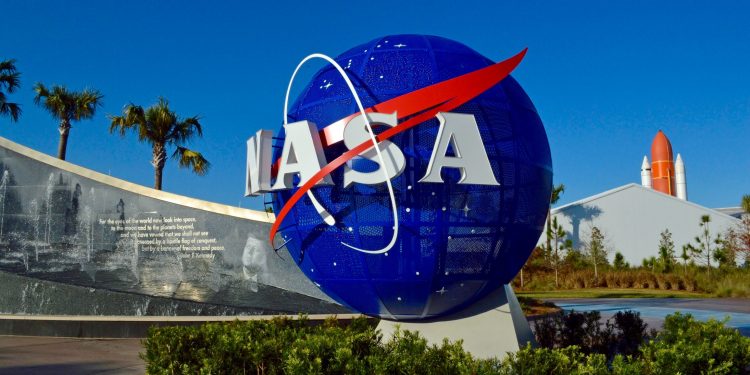Berlin: A new project offers to pay volunteers nearly 13 lakh rupees to lie in bed for 60 days to help scientists study how weightlessness affects the human body, the German Aerospace Center (DLR) said.
Effective countermeasures against bone and muscle atrophy must be developed if astronauts are to live for long periods of time in space or on the Moon and Mars.
DLR in collaboration with the European Space Agency (ESA) and NASA, has launched the Artificial Gravity Bed Rest Study (AGBRESA).
The study will investigate the use of artificial gravity as a possible means of preventing the negative effects of weightlessness on the human body, DLR said in a statement.
During the three-month study, two thirds of the test participants will be ‘rotated’ each day while lying in the DLR short-arm centrifuge in the Envihab aerospace medical research facility.
According to a report in CNN, the study participants will be paid 16,500 euros or nearly 13 lakh rupees.
The 12 female and 12 male volunteers will spend 60 days in the beds, according to DLR.
They will remain there for 89 days, including the pre-test and recovery phases. All experiments, meals, and leisure pursuits will take place lying down during the bed-rest phase.
The participants will be restricted in their movements, so that the strain on muscles, tendons and the skeletal system is reduced.
The beds are angled downwards towards the head end by six degrees. This will simulate the displacement of bodily fluids experienced by astronauts in a microgravity environment.
Human physiological research in weightlessness or under simulated conditions is not only important for astronauts to be able to maintain their health and performance in space, but also for people on Earth.
Space medicine therefore also encompasses health research for terrestrial applications, in all areas of prevention, diagnostics and treatment.
A large number of experiments will be conducted for this purpose on, among other things, cardiovascular function, balance and muscle strength, accompanied by cognitive tests and invasive examinations such as muscle tissue biopsies, microdialysis, measurement of electrical muscle activity and regular blood sampling.
PTI







































